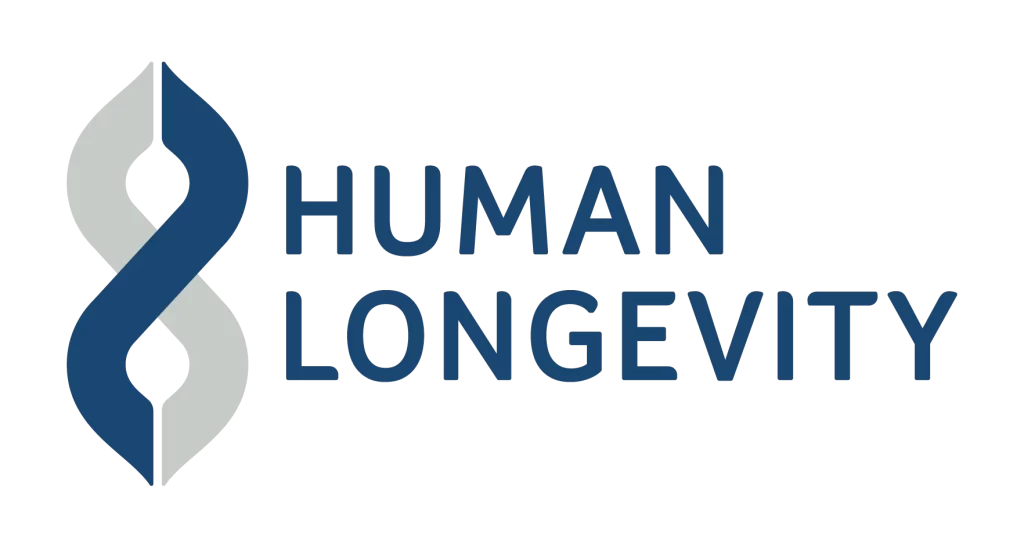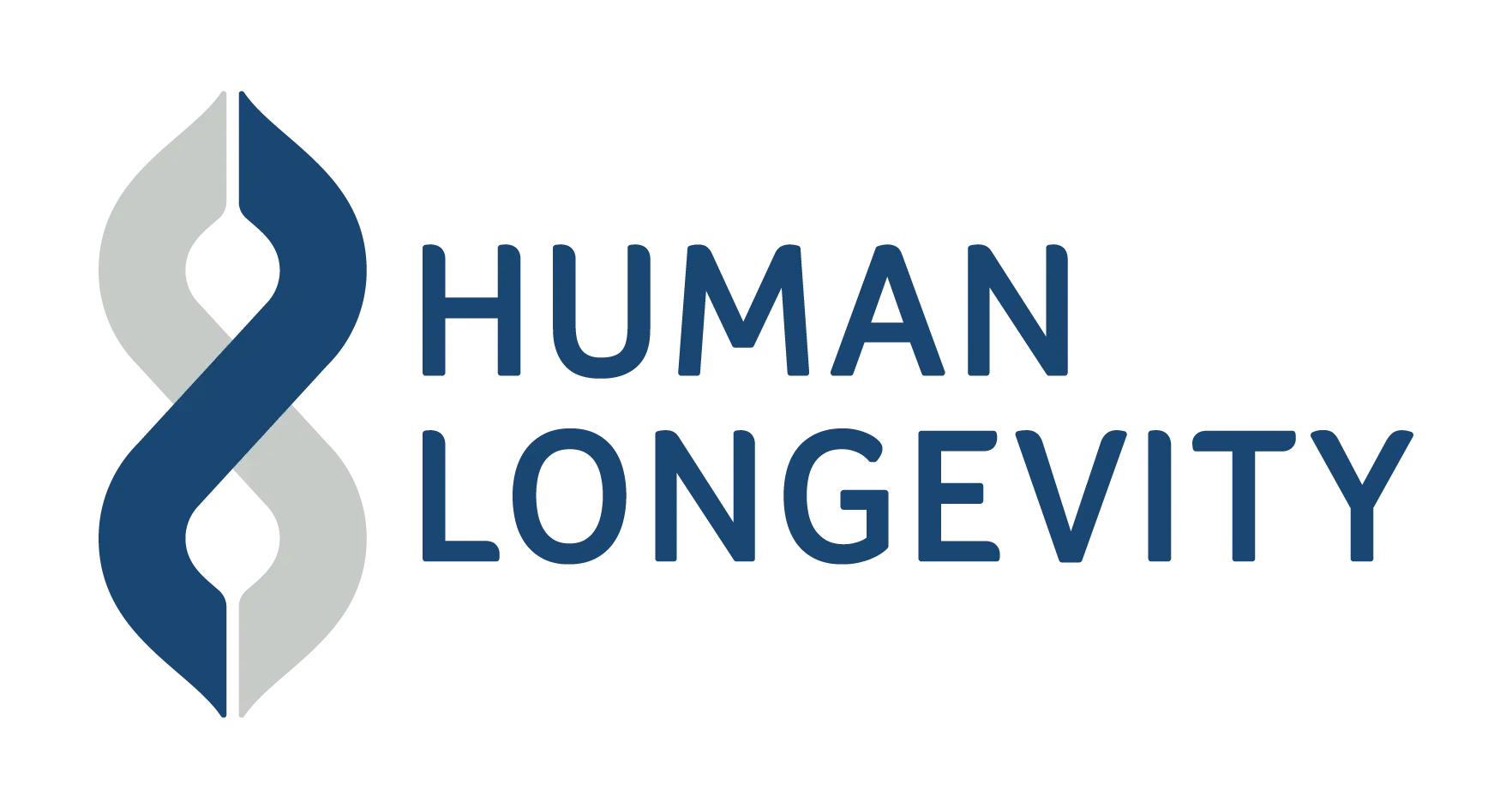Longitudinal health data
How to Stay Ahead: Preventive Health Exams at Every Age


Key Takeaways:
Start early: Your 20s–30s are the best time to unlock genetic risks and build a biomarker baseline with genome sequencing and whole-body MRI.
Stay precise: In your 40s–50s, advanced diagnostics like epigenetic testing catch aging signals early, letting you intervene before decline begins.
Thrive longer: After 60, our cellular-level insights and therapies help you manage chronic conditions and maintain independence.
Why Preventive Exams Matter at Every Age
At Human Longevity, we believe health isn’t just about living longer—it’s about thriving at every age. Our advanced diagnostics, including genome sequencing, whole-body MRI scans, and precision blood biomarkers, empower you to build a personalized health roadmap. Here’s how we adapt our approach to your life stage, ensuring you stay ahead of risks and maximize your vitality.

1. AGE 20–30
Build a Proactive Health Foundation
- Genome Sequencing: Uncover genetic risks for conditions like heart disease, diabetes, or cancer—and create a prevention plan tailored to your DNA.
- Whole-Body MRI: Establish a baseline scan to detect silent issues (e.g., tumors, vascular anomalies) before symptoms arise.
- Blood Biomarkers: Track inflammation, hormonal balance, and metabolic health with ultra-sensitive panels (e.g., ApoB, insulin sensitivity).
We combine genetic insights with real-time data to predict risks 10–20 years in advance. Lifestyle plans are backed by your biology, not guesswork.
2. AGE 40 -50
Catch Subtle Shifts, Optimize Longevity
- Longitudinal Biomarker Tracking: Compare current bloodwork to your 20s/30s baseline to spot trends like rising LDL cholesterol or declining kidney function.
- Whole-Body MRI: Monitor organ health (liver, heart) and detect early signs of degenerative diseases.
- Epigenetic Testing: See how lifestyle choices (diet, stress) are influencing your genetic expression over time (available as an a-la-carte service).
- Cardiac Calcium Scoring: Detect plaque buildup in arteries years before heart disease symptoms arise.
We don’t just screen for disease—we identify biological age gaps and reverse them with targeted therapies (e.g., NAD+ boosters, peptide regimens).
We combine genetic insights with real-time data to predict risks 10–20 years in advance. Lifestyle plans are backed by your biology, not guesswork.
2. Age 60+
Extend Healthspan, Not Just Lifespan
- DEXA Bone Density Scans: Measure bone mineral density to diagnose osteoporosis early and prevent fractures.
Brain MRI: Screen for early signs of cognitive decline, vascular issues, or tumors (e.g., gliomas, meningiomas).
Advanced Cardiac Imaging: Assess heart function, valve health, and blood flow to prevent heart attacks or strokes.
Whole-Body MRI: Detect cancers at their earliest, most treatable stages (e.g., lung nodules, pancreatic lesions).
Blood Biomarkers: Track cancer markers (e.g., PSA, CA-125) alongside inflammation and cellular aging signals. Manage chronic conditions (diabetes, osteoporosis) with precision, using biomarkers like HbA1c and bone turnover markers.

